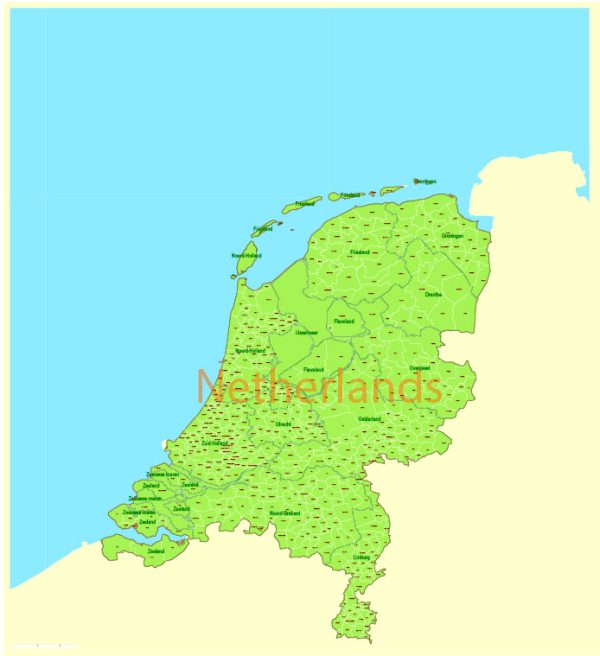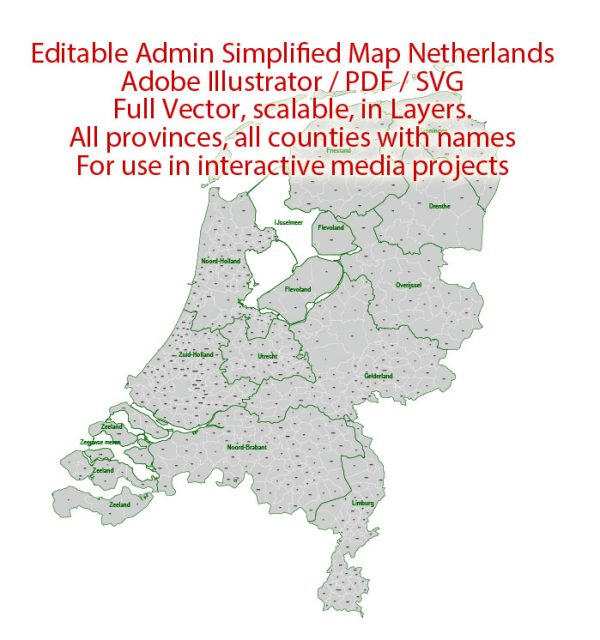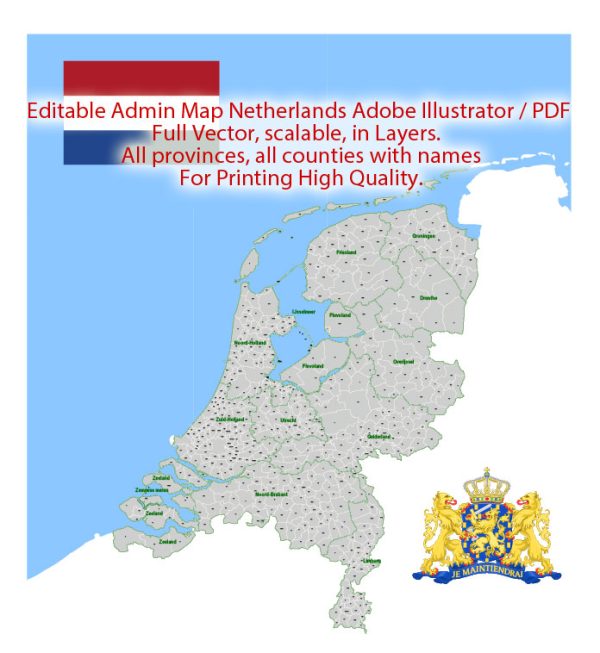The history of urban development in the Netherlands is a fascinating journey that spans centuries and reflects the country’s dynamic relationship with water, trade, and innovation. Here is a brief overview of key periods and aspects of urban development in the Netherlands:
- Medieval Period (800-1500):
- During the early medieval period, the Netherlands consisted of a collection of small, independent regions. Towns began to emerge around the 12th century as centers of trade and commerce.
- Many Dutch towns were established near rivers and coastal areas, taking advantage of waterways for transportation and trade. Amsterdam, for example, began as a fishing village in the 12th century and gradually developed into a major port.
- Dutch Golden Age (17th Century):
- The 17th century is often referred to as the Dutch Golden Age, marked by significant economic, cultural, and scientific achievements. This period saw the rise of the Dutch Republic as a major maritime and economic power.
- Cities like Amsterdam, Rotterdam, and Utrecht flourished during this time. Amsterdam, in particular, became a hub for international trade, finance, and art. The famous canal rings and distinctive gabled houses date back to this era.
- 18th and 19th Centuries:
- The 18th century witnessed the decline of the Dutch Republic, partly due to economic challenges and conflicts. However, urban development continued, and cities adapted to changing economic conditions.
- In the 19th century, industrialization brought about significant changes. Cities expanded, and the need for better infrastructure, including railways and roads, became apparent. The Industrial Revolution also led to social and economic shifts, influencing urbanization patterns.
- 20th Century:
- The 20th century brought further urbanization, and cities continued to grow. The post-World War II period saw significant reconstruction and modernization efforts.
- Urban planning became a key focus, with an emphasis on providing efficient housing, transportation, and public spaces. Rotterdam, heavily bombed during the war, underwent extensive reconstruction with modern architecture.
- Contemporary Period:
- In recent decades, Dutch cities have been at the forefront of sustainable urban development. Concepts like compact city planning, mixed-use development, and environmental considerations are integral to modern urban design.
- Amsterdam, in particular, has continued to evolve as a global city, attracting businesses, tourists, and a diverse population. Efforts are made to balance growth with environmental sustainability and social inclusivity.
- Water Management:
- Throughout history, the Dutch have been engaged in extensive water management projects to reclaim land from the sea and manage river systems. This is evident in the construction of polders, dikes, and the intricate canal systems.
Overall, the history of urban development in the Netherlands is characterized by adaptability, innovation, and a deep connection to water. Dutch cities today reflect a blend of historical charm and modern functionality, embodying the nation’s rich cultural and economic heritage.




 Author: Kirill Shrayber, Ph.D.
Author: Kirill Shrayber, Ph.D.